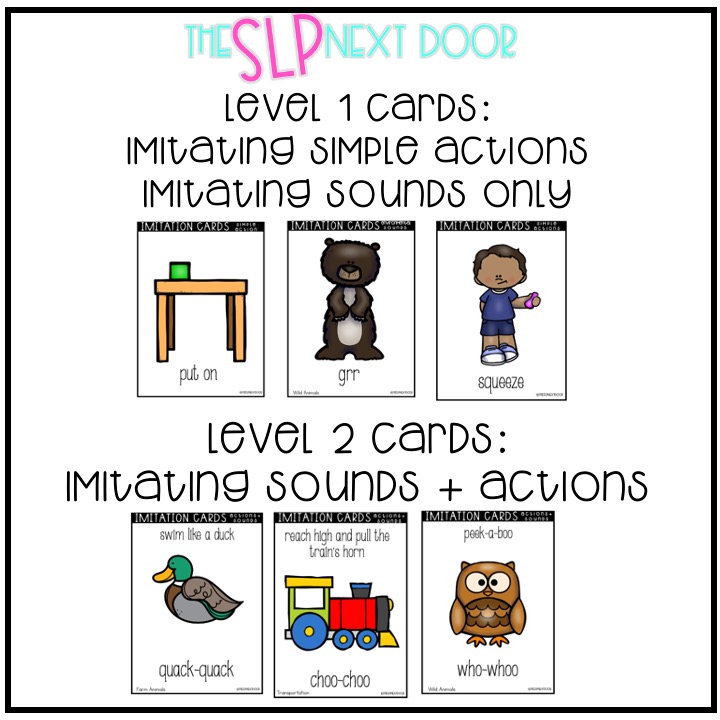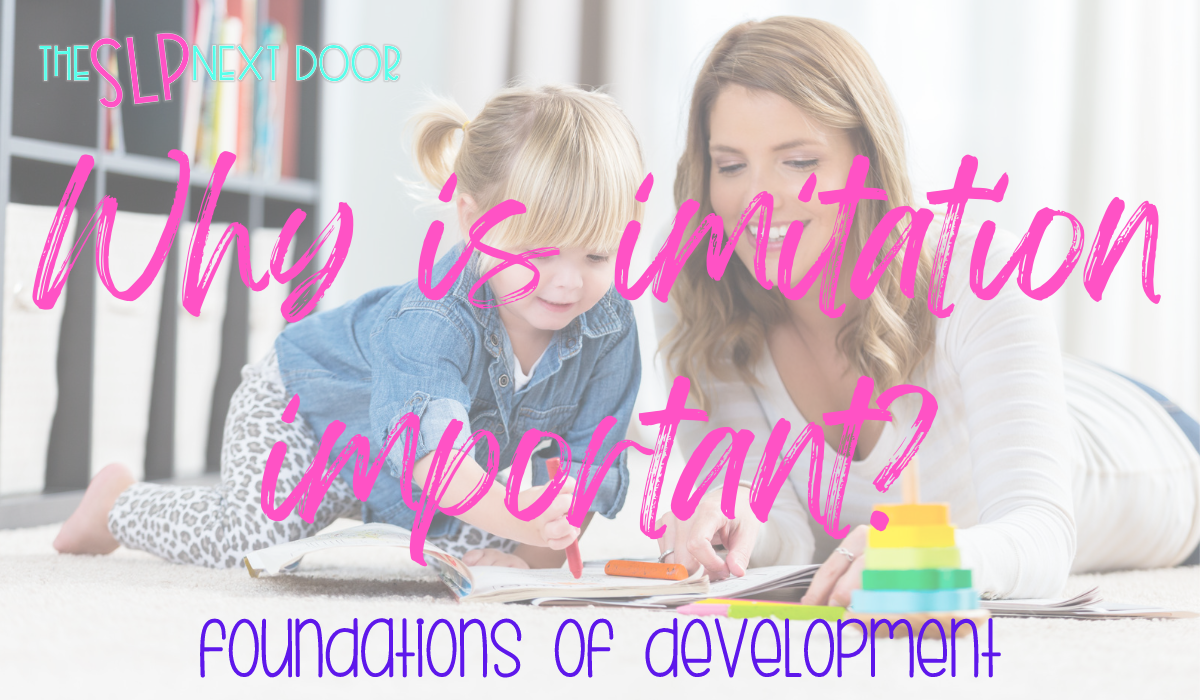Can we take a moment to appreciate the incredible superpower that little ones possess? I’m talking about the foundational skills of imitation! Toddlers have this incredible ability to absorb everything around them and make it a part of their own world through imitation. Let’s dive into why imitating is such a big deal in the journey of early childhood development.
What is imitation?
Imitation refers to the act of copying or replicating the actions, behaviors, gestures, or sounds of others. It is a fundamental learning process in which children observe and mimic the actions or behaviors they see in their environment. Imitation occurs in various contexts, including social interactions, language acquisition, and motor skills.
Why is imitation important for language development?
By imitating others, toddlers learn new skills. Imitation starts early in life, with infants imitating facial expressions and sounds they observe from their caregivers. Imitating sounds, words, speech, and pragmatic skills, they gradually acquire and refine their language abilities. Toddlers are like little communication detectives, carefully observing and imitating the sounds, words, and speech patterns they hear from the people around them.
Imitating Actions
Imitating actions refers to the process of observing and replicating the physical movements and behaviors of others. It is a powerful tool for development. It supports motor skill development, sensory integration, social interaction, cognitive growth, and cultural learning. Imitating actions also contribute to play development, through the use of objects or their own actions to represent something else. When toddlers imitate actions, they observe the visual cues, process the auditory feedback, and feel the tactile sensations associated with the action. Imitating actions fosters social interaction and bonding. Young children often imitate the actions of their caregivers, siblings, or peers, creating shared experiences and a sense of connection. They learn turn-taking, cooperation, and empathy, building the foundation for healthy social relationships.
Imitating Sounds
Imitating sounds refers to the ability to listen, observe, and reproduce various sounds heard in an environment. Infants and toddlers imitate the sounds they hear, laying the foundation for developing speech and language skills. Babies and toddlers imitate the sounds made by their caregivers, siblings, or peers, creating opportunities for engagement and shared experiences. By imitating the sounds and words they hear, they learn new words, word meanings, and how to use the words in context. Imitating also encourages toddlers to become familiar with the rhythm, intonation, and patterns of language. These skills are the basis for phonemic awareness, which is crucial for reading and spelling later on.
Teaching Imitation Skills
Teaching imitation skills to toddlers and young children involves creating a supportive and engaging learning environment. Activities to improve imitation skills should start with simple and familiar actions or sounds that are within their current abilities. Visual prompts can be helpful in supporting imitation skills. That’s why I created these imitation cards!

Like with any skill, repetition, and practice are key to developing imitation skills. Provide frequent opportunities for them to practice imitating actions or sounds in various contexts. These cards are a fun way to do just that!
Level 1 focuses on simple actions such as clapping, waving, and jumping, while also engaging in the fun of imitating sounds like animal noises, and vehicle sounds.
Level 2 takes it to the next level combining actions or objects and sounds. Children will have a blast imitating actions and objects with their corresponding sounds.
Get your set of imitation cards here!



3 Responses